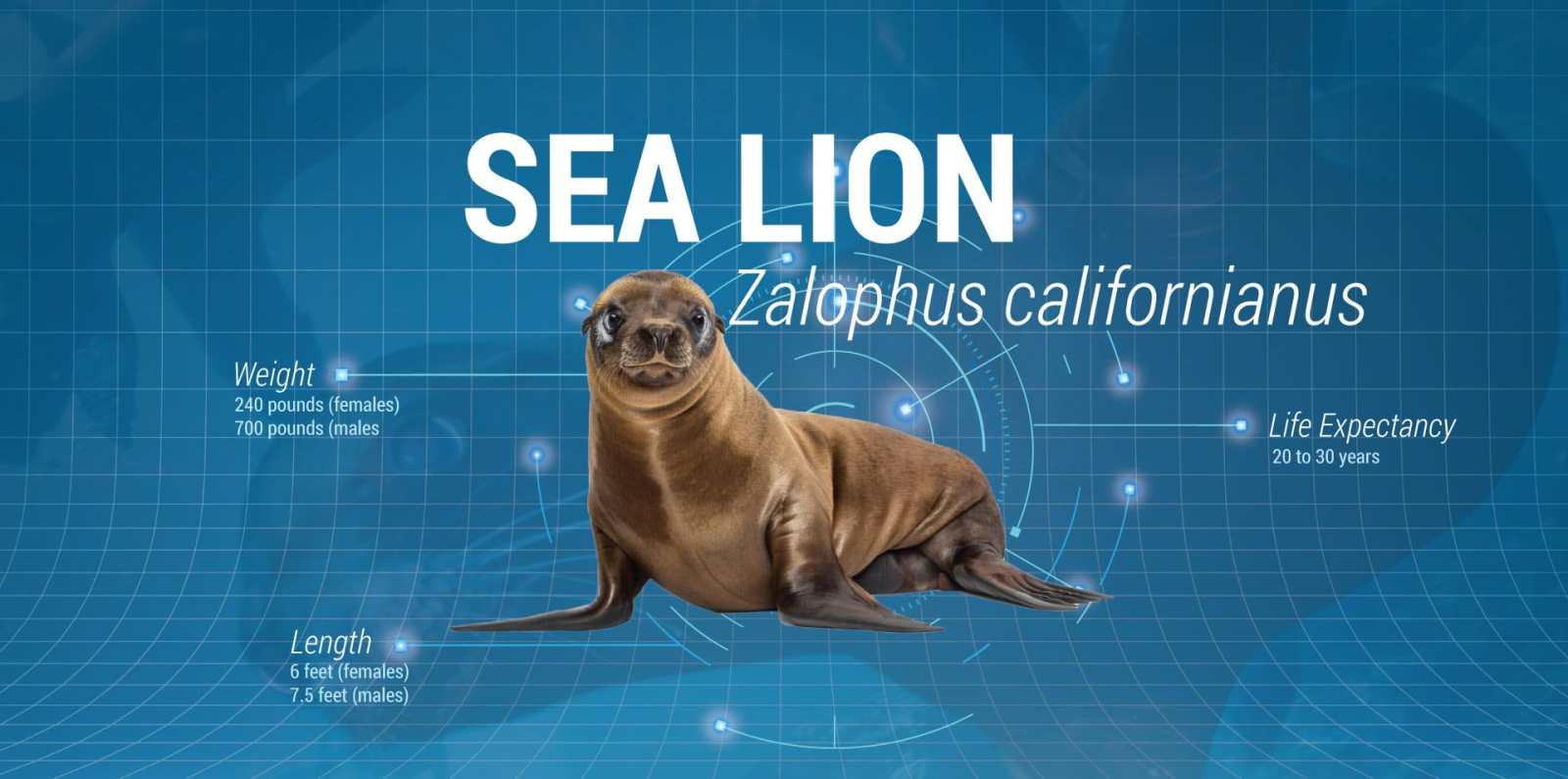SEA LION


California sea lions are “eared seals” native to the West Coast of North America. They live in coastal waters and on beaches, docks, buoys, and jetties. They are easily trained and intelligent and are commonly seen in zoos and aquariums. California sea lions are playful, intelligent, and very vocal (sounding like barking dogs).
PREY
California sea lions feed mainly offshore in coastal areas. They eat a variety of prey—such as squid, anchovies, mackerel, rockfish, and sardines—found in upwelling areas. They also may take fish from commercial fishing gear, sport fishing lines, and fish passage facilities at dams and rivers.
PREDATORS
Killer whales and large sharks occasionally prey on weaker California sea lions.
THREATS
One of the main threats to California sea lions is getting caught in fishing gear. They can become entangled in many different gear types, including traps, pots, or gillnets. Once entangled, they may drag and swim with attached gear for long distances, ultimately resulting in fatigue, compromised feeding ability, or severe injury, which may lead to reduced reproductive success and death. Under the right conditions, algae can grow out of control. Some algae “blooms” produce toxins that can kill fish, mammals, and birds, and may sicken or even kill humans in extreme cases. California sea lions are top predators, which means these toxins can build up in their bodies, possibly leading to seizures or death from domoic acid poisoning. California sea lions are easy to view in the wild, but this puts them at higher risk of human-related injuries and death.
(Information from NOAA Fisheries. fisheries.noaa.gov)
